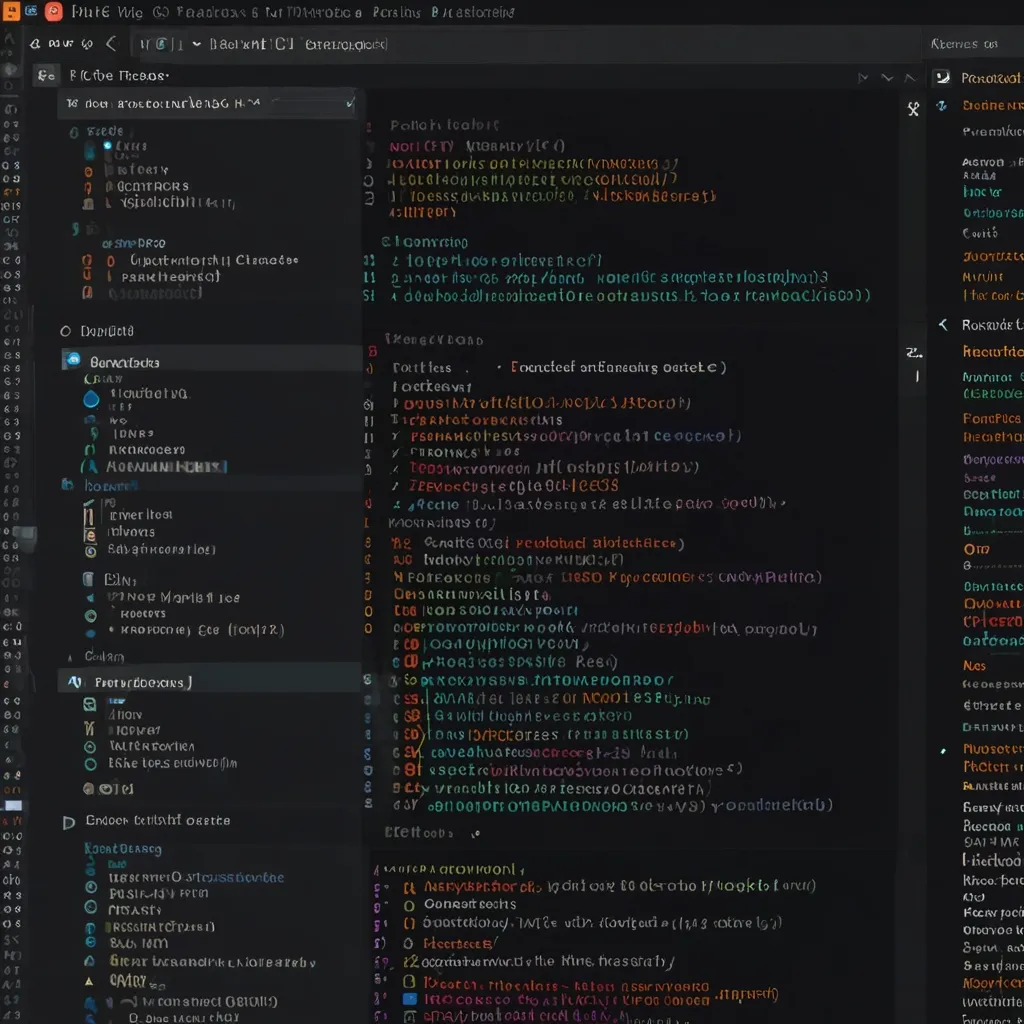Dive into Sanic: The Speedy Python Web Framework
Imagine building a web application that’s not only fast but scalable and straightforward. Enter Sanic, a Python 3.7+ web server and framework known for its zippy performance. Leveraging the async/await syntax introduced back in Python 3.5, Sanic is all about high performance and efficiency. It’s often put side by side with Flask and Django because of its easy setup, but Sanic’s asynchronous superpowers make a real difference.
Cracking the Code of Asynchronous Programming
Let’s break down asynchronous programming. This is a fancy term for a system where tasks run concurrently without hogging the main thread. Essentially, things happen in parallel, not one after the other. In web development, this means a server can juggle multiple requests simultaneously instead of waiting for each to finish before moving to the next. This non-blocking approach is why Sanic shines at speeding things up.
Getting the Ball Rolling with Sanic
First things first, you need Python 3.7 or later on your machine. Jump into the terminal and run pip3 install sanic to get Sanic up and running. Sanic packs in performance upgrades with uvloop and ujson, though you can skip these by setting environmental variables (SANIC_NO_UVLOOP=true or SANIC_NO_UJSON=true).
To start your Sanic journey, create a new folder for your project and a main.py file. Here’s a quick “Hello World” kick-off:
from sanic import Sanic
from sanic.response import json
app = Sanic("hello-world-app")
@app.route("/")
async def hello_world(request):
return json({'hello': 'world'})
if __name__ == '__main__':
app.run()
Pop over to the terminal and run python3 main.py. Open your browser, head to http://127.0.0.1:8000/, and you’ll see a nice JSON response welcoming you.
Navigating Routes in Sanic
Routing in Sanic will feel familiar. You use the @app.route() decorator, similar to what Python web developers might know from Flask. Here’s a snapshot of multiple routes in action:
from sanic import Sanic
from sanic.response import text
app = Sanic("routing-app")
@app.route("/")
async def home(request):
return text("Welcome to the home page")
@app.route("/about")
async def about_page(request):
return text("This is the about page")
if __name__ == '__main__':
app.run()
Dishing Out Content with Sanic
Sanic goes beyond JSON; it can handle HTML, static files, and more. Here’s how to serve up some simple HTML:
from sanic import Sanic
from sanic.response import html
app = Sanic("html-app")
@app.route("/")
async def home(request):
return html("<h1>Welcome to my HTML page</h1>")
if __name__ == '__main__':
app.run()
Need static files? Sanic’s got you covered:
from sanic import Sanic
app = Sanic("static-app")
app.static("/static", "./static")
if __name__ == '__main__':
app.run()
Mastering Requests and Responses
Handling HTTP requests and responses in Sanic is a breeze. Here’s a glance at managing POST requests and returning JSON:
from sanic import Sanic
from sanic.response import json
app = Sanic("request-app")
@app.route("/submit", methods=["POST"])
async def submit(request):
data = request.json
return json({"message": "Data received", "data": data})
if __name__ == '__main__':
app.run()
Why Sanic? The Good Stuff
Sanic is all about:
- Speed: Thanks to
async/awaitanduvloop, Sanic is lightning-fast. Perfect for any large-scale, I/O-heavy projects. - Scalability: Sanic’s asynchronous nature means it handles tons of requests at once – ideal for high-traffic apps.
- Simplicity: If you’re already familiar with Flask, you’ll find Sanic easy to pick up.
A Few Hiccups with Sanic
Of course, no framework is perfect. Sanic has a couple of quirks:
- No Built-in Templating: Unlike some other frameworks, there’s no templating engine out of the box. You’ll need to bring in external libraries for that.
- Community and Extensions: While growing, Sanic doesn’t yet boast the same community size or number of extensions as Flask or Django. But it’s catching up, with more contributions pouring in.
Sanic in Action
Sanic isn’t just a toy project; it’s used in real-world apps. Some cool extensions include:
- Sanic-GraphQL: Integrate GraphQL with your Sanic apps.
- Sanic-CRUD: Quick-start your CRUD APIs.
- Pytest-Sanic: Seamlessly test your Sanic apps with Pytest.
Tweaking Configuration
Configuring Sanic is flexible and easy with the app.config attribute. Here’s a quick example:
from sanic import Sanic
app = Sanic("config-app")
app.config.update({
"SERVER_NAME": "example.com",
"DEBUG": True
})
if __name__ == '__main__':
app.run()
Handling Errors Like a Pro
Error handling in Sanic is straightforward. Customize your error responses using the @app.exception() decorator. Here’s handling a classic 404:
from sanic import Sanic
from sanic.response import text
app = Sanic("error-app")
@app.exception(404)
async def not_found(request, exception):
return text("Page not found", status=404)
if __name__ == '__main__':
app.run()
Wrapping Up
Sanic packs a punch for building fast, scalable web applications with Python. Its asynchronous capabilities and user-friendly setup make it a tempting alternative to older frameworks like Flask or Django. Plus, with a growing community and a slew of new extensions, there’s a lot to love about Sanic. Ready to speed up your web app game? Give Sanic a spin.






